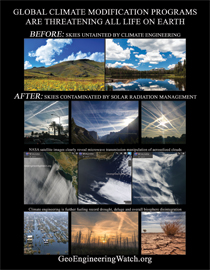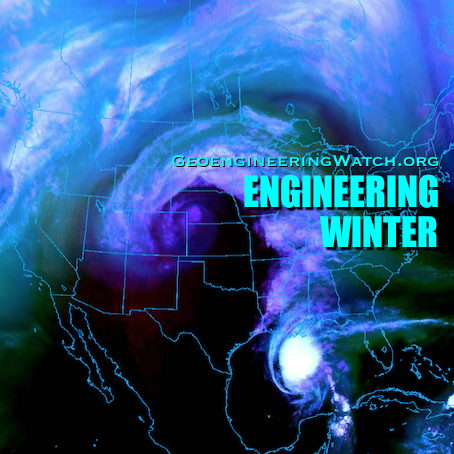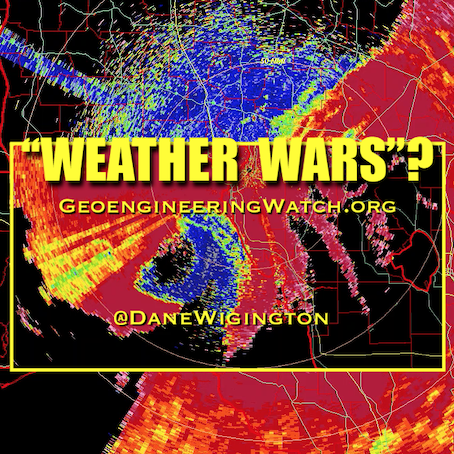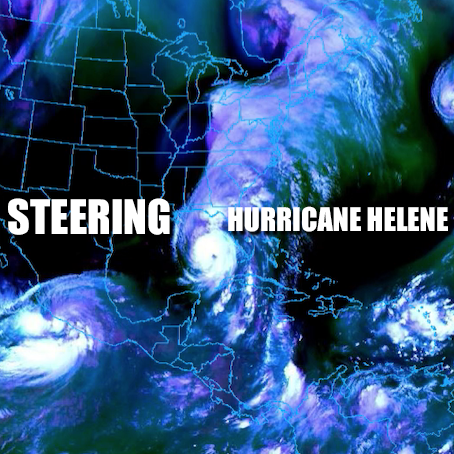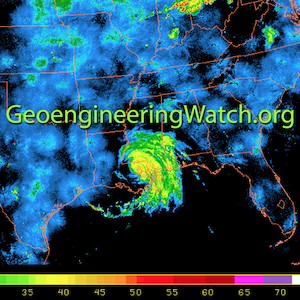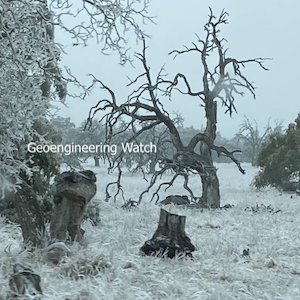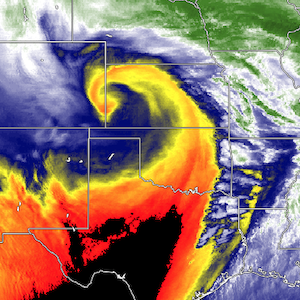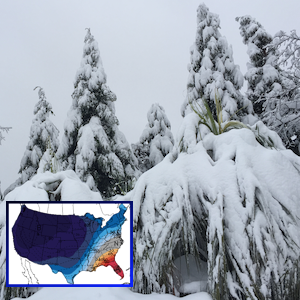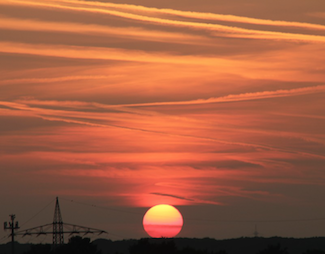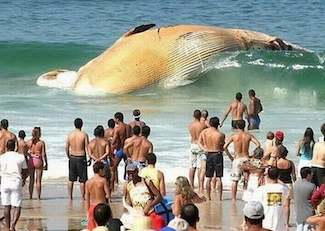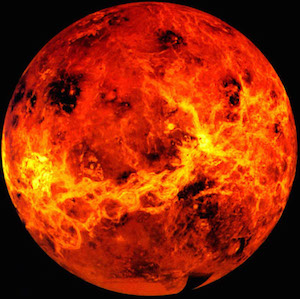There had never been as hot a 12-month period in NASA’s database as February 2014–January 2015. But that turned out to be a very short-lived record.
NASA reported this weekend that last month was the second-hottest February on record, which now makes March 2014–February 2015 the hottest 12 months on record. This is using a 12-month moving average, so we can “see the march of temperature change over time,” rather than just once every calendar year.
We are experiencing the continuation of the global warming trend that made 2014 the hottest calendar year on record. The very latest science says we should expect an acceleration in surface temperature warming to start quite soon. What is happening now is consistent with that.
Once again February has been cold for those of us living in the eastern and northeastern U.S. — and once again, the rest of the country and the globe is quite warm, with large parts of Asia and Alaska experiencing nearly off-the-charts heat. That’s clear in the NASA chart below for February temperatures, whose upper range extends to a whopping 8.4°C (15.1°F) above the 1951-1980 average!

Global temperatures in February vs. 1951-1980 average. Via NASA.
So it was cool in the part of the world that just happens to contain a vast amount of political power and media power. It was hot where the permafrost is already thawing. Talk about a bad combination. Remember, the permafrost contains twice as much carbon as is currently in the entire atmosphere. The faster it turns into a significant source of carbon dioxide and methane emissions, the more humanity will be penalized for delaying climate action.
Also, as climatologist Peter Gleick noted on Twitter, “California’s February temperatures blast[ed] through 120-year record. 8 degrees F above 20th [Century] avg.” As this NOAA data shows, last month the Golden State averaged a full 1°F higher than the second-warmest February on record:

And this record February heat for California comes on the heels of the driest January ever recorded — a tough one-two punch given the epic drought that has ravaged the state. Scientists explained in December that it is record heat — driven by human-caused global warming — that has made California’s drought the worst in 1200 years.
As we reported earlier this month, NOAA finally announced the arrival of a “weak” and “elusive” El Niño. It is usually the combination of the underlying long-term warming trend and the regional El Niño warming pattern that leads to new global temperature records. Here, the El Niño is quite weak but the global warming trend is very strong.
This calendar year is very likely to set the record for the hottest calendar year — possibly by a large amount if even this weak El Niño continues through the summer. But 2015 could easily set the record as long as we don’t see a La Niña. Of course, we are going to see a lot of years break the record for hottest year on record thanks to human-caused carbon pollution.
Source: ThinkProgress.org





